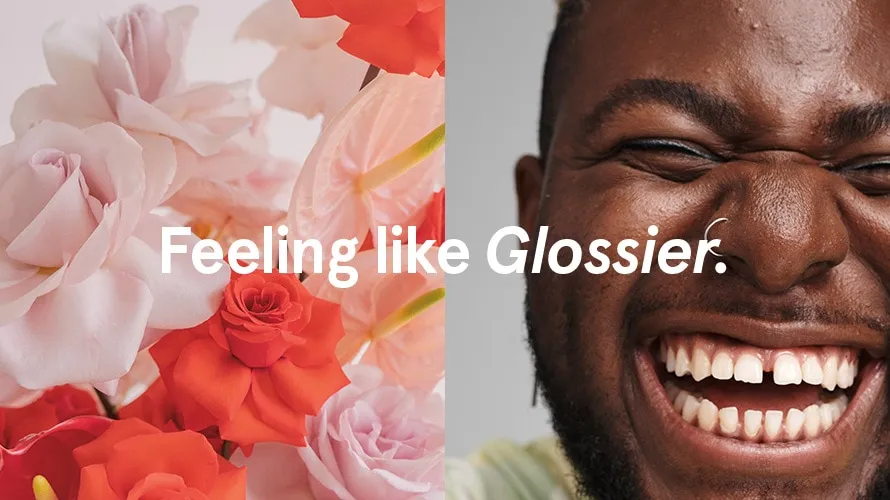
In Conversation: Aparajita Vidyarthi on Rethinking the Customer Journey in a Swipe-First World
Scrolling is out. Swiping is in. We’re officially entering into the no-scroll era—a space where audience attention spans are shorter than ever. On platforms like TikTok, YouTube Shorts, and Instagram Reels, the traditional linear customer journey is being rewired into loops of fleeting moments. It’s a loop of fleeting feelings, surprising revelations, and stuff that vanishes before you can blink.
In this new rhythm of content consumption, discovery isn’t deliberate—it’s ambient. Users don’t seek out brands; they stumble upon them mid-swipe, mid-scroll, mid-song. And in that half-second window, brands have one shot to spark curiosity, create a connection, or get completely ignored. The game has changed—and so must the strategy.
To understand what this shift means for brands and marketers, we talked to Aparajita, a storytelling-driven marketer at Times Internet. She has a solid background in editorial and content strategy from her work at DNA Jaipur.

With such impressive experience, she brings a sharp eye for digital trends and offers rich insights into how short-form content is reshaping customer journeys.
Let’s understand from her why, in this new reality, authenticity isn’t optional—it’s essential.
In this interview, she shares her take on how short-form content, shifting algorithms, and keeping it real are totally reshaping the customer journey in 2025.
Let’s start at the top. If people don’t scroll anymore and just swipe, how are brands supposed to map the customer journey?
Aparajita: “We’re living in a swipe-first, ambient-discovery world.”
In this era, users aren’t actively searching for content—they’re stumbling upon it. That changes everything for brands.
“You can’t map a traditional A-to-B journey anymore,” she explains. “Instead, brands need to master micro-moments—short bursts of layered storytelling that hook, hold, and hint. Think of it like planting seeds in an algorithmic garden. You may not control the weather, but you can choose what you plant.”
She illustrates this with an example: a face wash ad. Previously, you’d set up the problem, build interest, and then present the solution. But on TikTok, you have 15 seconds—max. “You have to grab interest, communicate values, highlight the product, and still entertain. It’s no longer just about what the product does. It’s about what the product means.”
Referencing legacy beauty brands like Olay, she notes how messaging has had to evolve. “Years ago, some ads leaned into unrealistic standards. Today, inclusivity and authenticity matter more than ever. Brands that don’t reflect that get called out—instantly.”

Are we still building ‘funnels’—or have TikTok and Shorts forced us to think in loops, not lines?
Aparajita: “The funnel isn’t dead—it’s just become a loop.”
The traditional model—awareness, interest, desire, action—is flattening. On short-form platforms, everything happens almost at once. “Your product can go viral and convert at the same time. A customer could discover, trust, and purchase—all within 15 seconds.”
In this new loop, content doesn’t fade; it resurfaces. “A piece of content from weeks ago can spike again if the algorithm finds new relevance. That’s the beauty—and chaos—of this space.”
With algorithms driving discovery, do audiences still choose their path, or are brands just hoping to get lucky?
Aparajita: “Luck plays a role, but strategy shapes serendipity.”
While algorithms deliver content, relevance defines success. “You can’t force virality, but you can seed relevance,” she says. “Be consistent with tone, values, and content. The algorithm favors brands that behave predictably.”
She likes it to tuning an instrument: “You don’t control the concert, but you can make sure your notes are pitch-perfect.”
What role does brand storytelling play when you have 15 seconds—and no guarantee of a second one?
Aparajita: “The pressure is real.”
“You’re not just competing with other brands—you’re up against memes, music, makeup tutorials, and more.” Her solution? Compress don’t compromise. “A lot of brands try to jam everything into 15 seconds and end up sounding fake or superficial.
But if you understand the platform, you’ll know it’s about rhythm and pacing.” She recommends chunking your message: Break down complex stories into bite-sized chapters that can be told over multiple posts. “It’s like a Netflix series.
One post sets the mood, another explains the product, and the third shows it in action. The trick is to create a loop that people want to stay in.”
Have brands cracked how to measure success in these ‘no-scroll’ spaces—or are we still guessing what counts as a ‘win’?
Aparajita: “It’s still evolving. There’s no universal KPI.”
With platforms constantly changing, so do the metrics. Views, likes, shares, saves, watch-through rates—all valid, but not always meaningful.
She shares a telling example: “One brand we worked with saw 1,000% ROI from a campaign—not because it went viral, but because it showed up consistently, with clarity.”
Her advice? Stop chasing vanity metrics. Start measuring resonance. “If 100 people watch and 10 take action, that’s a win. If a million watch and nobody cares, that’s not.”
What’s one mistake brands make when applying old strategies to fast-moving feeds?
Aparajita: “They forget no one asked to see their ad.”
In traditional media, you had a captive audience. Not anymore. “Now you’re interrupting someone’s scroll—so if you’re not interesting, emotional, or entertaining, you’re gone in a second.”
She points to brands like Glossier for getting it right. “They don’t just sell—they connect. They build communities. And that’s exactly what today’s audience expects.”


